Wildlife
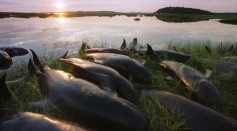
Painless Death: Killing Wild Animals Humanely
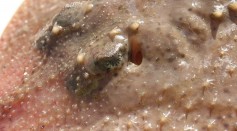
Thorny Skate Will Not Be Listed As Endangered: Government Declines Protection Under ESA
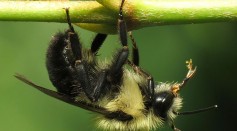
Intelligent Bumblebee Is The First Insect To Learn Skills From One Another
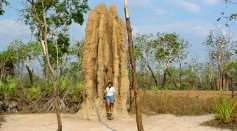
This Is How Cathedral Termites Settled In Australia And Built Their 'Empire'
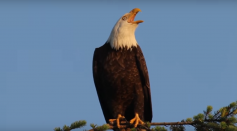
Bird Mobbing Drives Away Predators Also Reveals Their Sexual And Physical Prowess

Kenyan Man Turns 'Elephant Guardian': Provides Water To The Drought-Ridden Wild Life
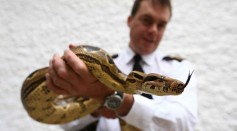
WATCH: Elusive Boa Of The World From Brazilian Forest Caught On Film After 64 Years
Thousands of Endangered Antelope Deaths Have Scientists Investigating a Serious Concern
Why Whales Are Known To Have Some Nerve
Survival of the Cutest? Uncharismatic Endangered Species Receive Unequal Funding
Last Male White Rhino in the World Under Heavy Guard
Dwarf Dragons Discovered in the Andes
How One Endangered Species Is Making A Change For the Better—Eating Sweeter Flora Instead
The Energy for a New Crawl—Galápagos Tortoises Feast on Invasive Plants for a New Foraging Technique
Most Popular

Plato’s Long-Lost Grave Found Using AI To Decipher Herculaneum Scrolls; Greek Philosopher Had Been Sold Into Slavery: Report

Influenza Shows Highest 'Pandemic Potential' Among Ranked Pathogens, Study Reveals

What’s Inside the Moon? Lunar Seismic Data Reveals Earth-Like Core

UFOs Piloted by Spiritual Entities? Fox News' Tucker Carlson Makes Bizarre Claim, Suggests That They Do Not Behave According to Laws of Science

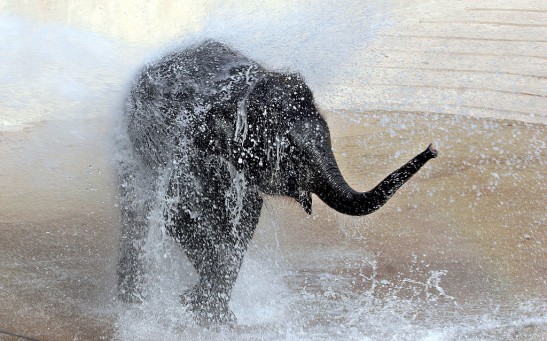



![Earth's Quasi-Moon Kamo‘oalewa Could Originate From Lunar Surface Not Asteroid Belt [Study]](https://1721181113.rsc.cdn77.org/data/thumbs/full/53275/258/146/50/40/earths-quasi-moon-kamo-oalewa-could-originate-from-lunar-surface-not-asteroid-belt-study.png)
